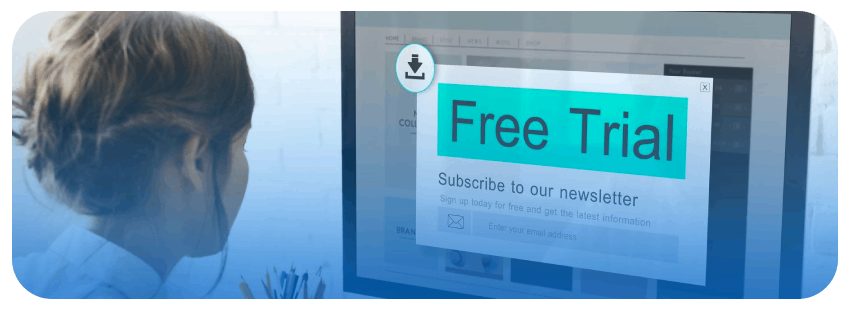SaaS is growing faster than ever. In October 2021, the average number of SaaS apps used per organization was as high as 110. And three years ago, 70% of US households had a subscription to at least one subscription video-on-demand channel.
And it’s not just consumer demand that’s gone up. SaaS businesses are popping up at an accelerating rate. As of September 2021, there are more than 15,000 SaaS companies in the US alone, which provide services to 14 billion combined users worldwide.
Now, while this may seem encouraging, it isn’t all good news. Especially not for small subscription-based businesses and startups. Last year, the median conversion rate for SaaS landing pages fell from 3.3% to 3%, a significant 9% drop. Looking at these numbers, it’s clear that SaaS brands must start working harder to convert leads, especially if they want to beat the competition.
One of the best ways to do this is to focus on convincing more leads to sign up for a free trial. But to do that, brands have to understand – and actively address – the obstacles on a lead’s path to this conversion.
Types of Free Trials
Most subscription-based businesses offer one of the following three types of free trials:
- The Opt-in Model allows potential customers to gain access to your software, for a limited time, without having to provide credit card information.
- The Opt-out Model also allows leads to use all the features of your software for a limited time. However, unlike in the opt-in model, subscribers are asked to provide payment information. Then, they are automatically converted to paying customers at the end of the trial period. (With the option to opt-out, of course).
- The Freemium Model is free forever. It provides subscribers with a limited set of software features they can use whenever they wish. However, it stops them from using advanced software functionalities, which it relies on to convert existing customers into paid subscribers.
Each of these models has its benefits and drawbacks. When choosing one for your business, do so based on the size of your audience.
If you have a product that appeals to millions of users worldwide, aim for a moderate conversion rate (2-5%) with the opt-in model. Then, focus your attention on generating a high traffic volume. But, if you operate in a niche market, the opt-out model promises better results as it allows you to convert more leads into paying customers.
The following eight are conversion-boosting marketing strategies that will help you get more sign-ups for your free trial.
1. Optimize Landing Page Copy and Design to Appeal to Target Audiences
One of the best things you can do to get more users for your subscription-based business is to study your target audience. Then, look to see if your landing pages appeal to them.
B2B Audiences
For example, if you target B2B users, you will be able to get away with a much more complex value proposition than if you were targeting end consumers.
B2B audiences don’t need babying. They already have a deep familiarity with your niche and know what type of solution they need. And that’s not all. B2B users understand industry-specific jargon. Moreover, they won’t shy away from technical information. Plus, they’ll appreciate in-depth feature explanations.
So, to get B2B users to sign up for a free trial, focus on giving them precise information. Address their pain points. Provide in-depth explanations and describe why your software leads to better outcomes than conventional methods. Lastly, don’t be afraid to go into specifics.
For an excellent example of converting B2B audiences by talking about industry-specific applications of your product, check out this guide to the Oscillation Repricing Strategy from Aura.
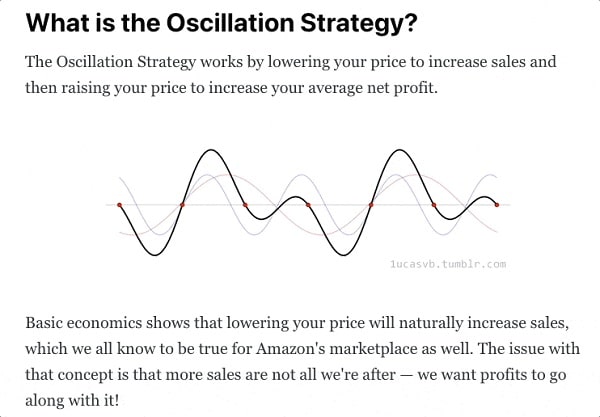
Source: goaura.com
Aura knows that its audience consists of Amazon sellers looking to win the Buy Box. So, it sets out to grab their attention by teaching them how to use an advanced pricing strategy. Then, it presents its product as an automated solution for applying the strategy and a great option for those looking for maximum profits over a minimal period of time.
B2C Audiences
If your target audience consists of end-users, you’ll do better by making your assets beginner-friendly. When composing a landing page, prioritize approachability.
1. Pay attention to the type of language you use. Minimize jargon. Use graphics to explain complex product features. Keep your sentences short and to the point.
See how Ultimate Meal Plans only uses three short sections in the How it works section of its homepage. You can easily do the same by zooming in on the core benefits your software offers to audiences.
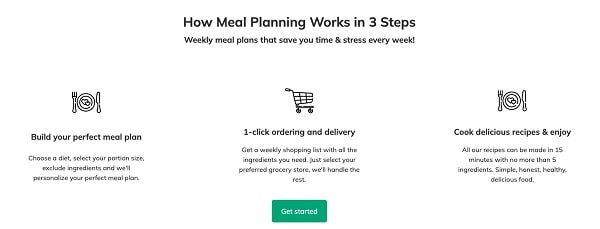
Source: ultimatemealplans.com
2. Use content formats that drive comprehension. People remember and understand visuals better. So try to include images, graphics, and videos in your value proposition.
Quetext does this beautifully with screenshots and illustrations, showing what using the service looks like in real life.
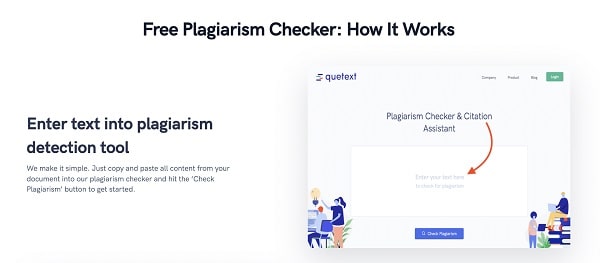
Source: quetext.com
3. Concentrate on readability and visual hierarchy. When looking to convert B2C leads, you’ll benefit from a high readability score. To make your writing understandable to 80% of the general public, aim for a readability score of 60-70.
Furthermore, try to employ a visual hierarchy. Use size to draw web visitors’ attention to high-value elements. These should include unique value propositions, CTA buttons, and trust signals.
4. Make your product explanations relatable. Describe what your product does in a way that’s relevant to your audience. That way, you’ll have a much higher chance of convincing them to convert.
2. Expand the Sales Funnel
To increase conversion rates, invest your resources into awareness stage marketing.
By widening the top of your sales funnel, you’re effectively reaching a larger audience, generating a higher volume of traffic. And, you’re maximizing the number of people who stand a chance of becoming your customers.
To do this, all you need is the right combination of content, SEO, social media, and a few handy marketing tools.
For example, take a look at Skillcrush. The brand creates content around commonly asked questions about entering the tech career. Its _Is a Tech Career Right for You _article wins position zero on Google. And that’s not just because it offers value, but because it does so in an interactive way that most people find informative.

Source: google.com
You can create your own version of Skillcrush’s awareness-stage marketing strategy. Perform keyword research. Identify the type of content your audience likes to engage with. Find ways to deliver value to people just getting started on their buyer’s journey. You’re bound to see an increase in web traffic. And that, in turn, will allow you to get more people to sign up for your free trial.
3. Use the Correct Distribution Channels
When getting people to sign up for your service, you have to know where you stand the highest chances of grabbing your audience’s attention.
You can start by looking at Google Analytics and figuring out your most successful acquisition channels. Then, to further boost your conversions, check consumer behavior statistics. Look for info on where your target audience is most likely to spend their time.
For a great resource, check out this demographics guide from Khoros. It tells you what social media channels people are most likely to use based on age, but it doesn’t stop there. It also looks at data like gender, income, and devices, taking it all into consideration when recommending distribution channels to reach your audience.
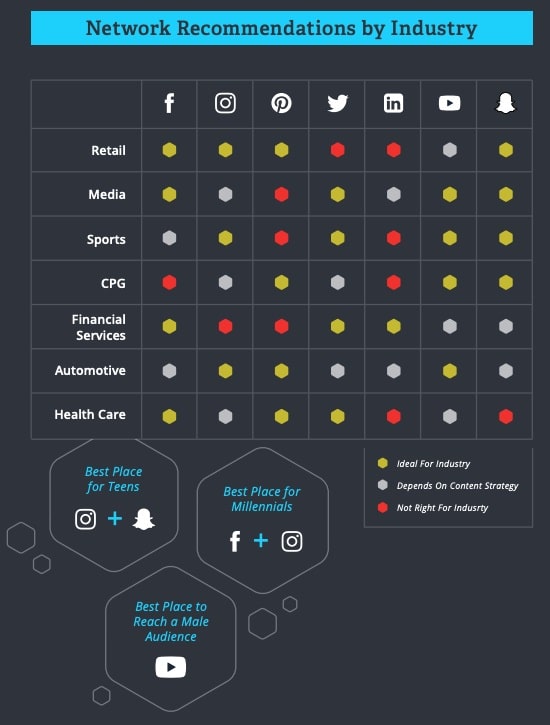
Source: khoros.com
4. Use Retargeting
The median conversion rate in SaaS was 3% last year. That means that as many as 97% of your web visitors are navigating away from your site without converting. That’s a huge loss.
Fortunately, there’s an easy fix that can help you boost free trial conversion rates: retargeting.
Use retargeting to display relevant ads on Facebook, Google, or LinkedIn to the people who have interacted with your landing pages. That way, you’ll ensure your product remains at the top of their minds.
But, to maximize conversions, try to save your retargeting budget for people who occupy the mid-stages of the sales funnel. Essentially, you could try to grab people’s attention with awareness-stage content. Then, offer something more advanced, like a gated resource.
After people download the resource, you can start with your retargeting campaign. Deliver additional content via email, like in the example from MOZ below. The goal is to get people to further interact with your brand and, hopefully, sign up for your free trial.
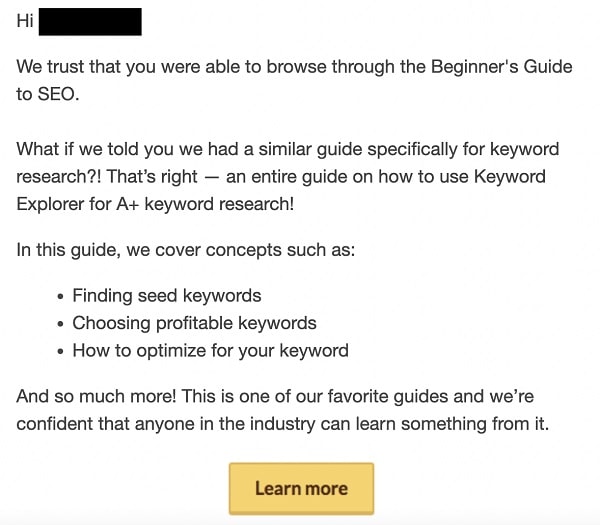
Source: gmail.com
5. Build Brand Trust & Authority With Genuinely Helpful Content
We live in times when people don’t trust brands. SaaS businesses have to work on earning consumers’ confidence and building brand authority, and publishing helpful content is an excellent way to do both.
An excellent illustration of this strategy in action comes from Nord VPN. The brand offers consumers an in-depth guide on changing location on Google Chrome. And, sure, the first two methods teach readers how to solve their pain points without subscribing to Nord VPN’s service. Nonetheless, the article still makes for an excellent investment for the brand: it’s optimized for SEO, meets user intent, and builds trust by providing value.
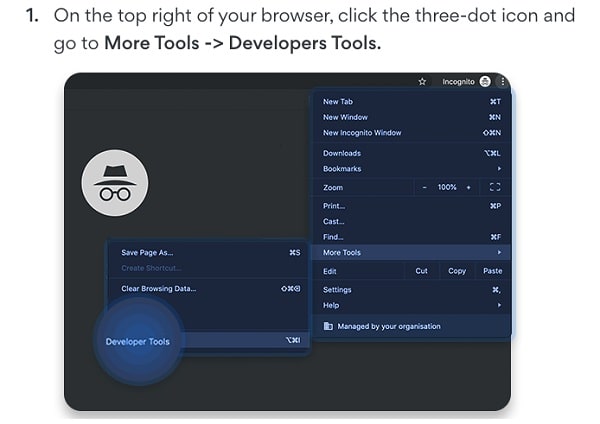
Source: nordvpn.com
6. Use Social Proof & UGC
When making purchasing decisions, consumers listen to their peers. In fact, in 2021, as many as 77% of consumers “always” or “regularly” read product reviews before committing to a purchase.
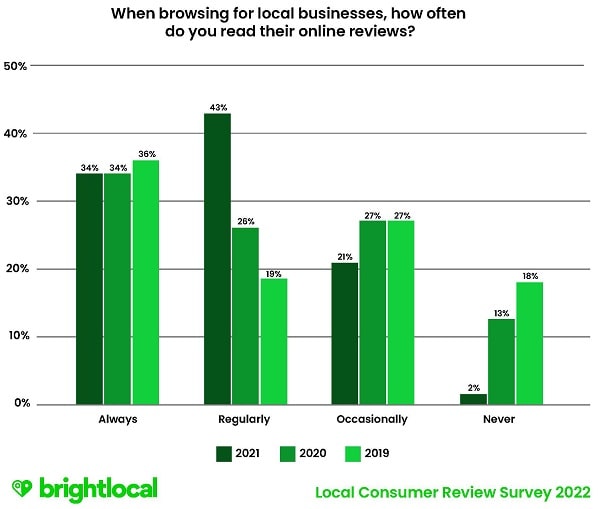
Source: brightlocal.com
To boost free trial conversion rates for your SaaS business, try to make social proof and UGC a part of your marketing strategy.
The easy way to do this is to display reviews and ratings on your homepage. Or, you can publish case studies, which is what Optimal Workshop did.
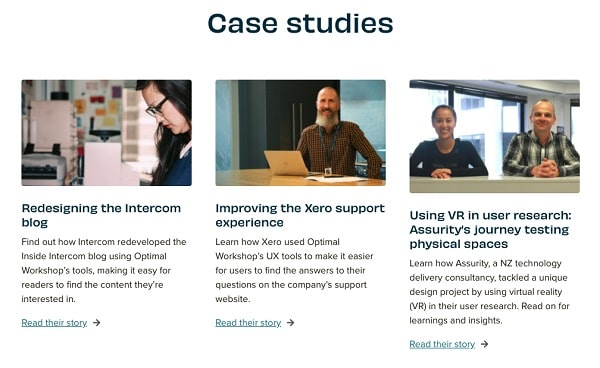
Source: optimalworkshop.com
Or, you can go with influencer marketing.
This strategy allows you to leverage the authority of content creators in your industry to get more people to subscribe to your free trial. It’s what Superhuman did in collaboration with YouTuber Matthew Encina. Knowing that Encina’s audience would be receptive to trying out a piece of software, the brand gave all viewers access to a 30-day trial.
7. Minimize Risks
If you want to boost free trial sign-ups, consider the risks that come with your product.
Is the price marginally high? Do the features solve all consumer pain points? Does your customer service operate 24/7? Any of these could represent a potential risk for your future users. And, to boost free trial conversions, you have to address them. In other words, you must find ways to reassure your audience that you are capable of meeting their needs.
One solution is to optimize your pricing pages. Be clear about the benefits of different subscription options. Do your best to help clients make the right choice for their personal preferences.
Optimizing your UX copy can help as well. For example, you could point out that your free plan doesn’t require a credit card – like Sketch did. This can instill consumers with a sense of safety and encourage them to give your software a try.
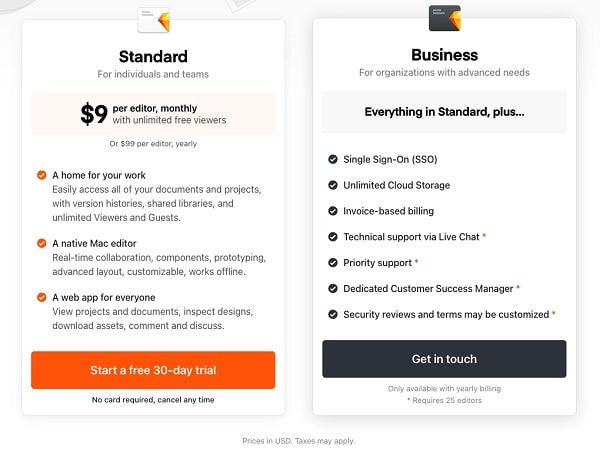
Source: sketch.com
Then, ensure it’s easy for clients to cancel their trial. Transparency goes a long way in building a positive brand image. So, no matter how ingenious it may sound, resist the temptation of “forgetting” to remind customers that their trial is expiring. Sure, it might put an extra $10 in your pocket, but it’s not going to reflect well on your company.
Finally, consider the features that you incorporate in your free trial. The best practice is to include everything in the try-out. Of course, if that’s not possible, you can do what Affinda did and create a free online tool right on the landing page. This allows potential customers to experience the unique value you bring to the table without even needing to sign up.
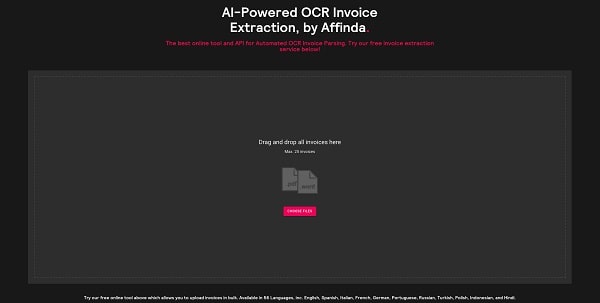
Source: affinda.com
8. Use Email to Keep More Customers at the End of the Trial
Last but not least, don’t forget that getting people to sign up for your free trial isn’t enough to help you make a profit. You need them to continue using your software, ideally for years to come.
And, it just so happens that email can help you meet this goal.
By creating an outstanding email onboarding strategy, you can educate new users on how to get the most out of your products. Moreover, if you have the means to identify people who aren’t engaging with your software, you can use email to target them with campaigns and encourage them to use it more often (or more effectively).
You can even do what Buffer does and reach out to users once their free trial has come to an end in order to remind them about the features they’re missing out on without a premium subscription.
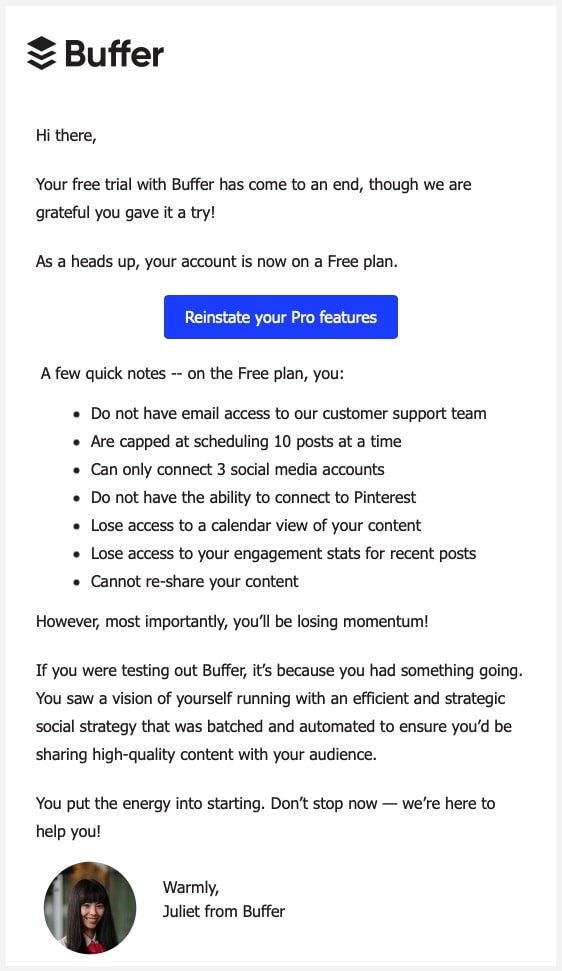
Source: gmail.com
Of course, to get real results from your email marketing, you’ll have to learn how to create campaigns that drive results. To do so, make sure you’re following this checklist so that you cover all your basics before hitting “send.”
Related Content
- 46 Proven Call-to-Action Words to Maximize Conversions
- Landing Pages: 5 Details that Make the Conversion Difference
- The Ultimate Guide to Conversion Rate Optimization
- 5 Reasons Your High CTR Ads Result In Low Conversion Rates
- ROI Math: Should you Pay for Traffic or Conversion Optimization?
- The Impact of Free: Attract New Customers and Maximize Revenue
In Closing
There are many ways to boost free trial conversions. The top ones include:
- Optimizing your landing page copy and design.
- Focusing your attention on expanding the sales funnel.
- Choosing the correct distribution channels for your content.
- Utilizing retargeting strategies.
- Investing in branding with the aim of boosting trust and authority.
- Giving social proof a bigger role in your marketing efforts.
- Addressing customer concerns and minimizing the risk associated with your free trial.
- Employing a powerful onboarding strategy to keep as many customers as possible at the end of your trial.
To get more users for your subscription-based software, you can use any of these strategies.
However, for the best results, try to combine them. A good combination will help you not only get more sign-ups but also reach a larger audience, as well as optimize all stages of the sales funnel. That way, you’ll ensure that your marketing efforts bring the highest ROI possible without wasting your time or resources.

Written by our guest writer Natasha Lane
Natasha is a lady of a keyboard and one hell of a geek. She has been working for individual clients and companies of all sizes for more than a decade. Natasha specializes in writing about design, branding, digital marketing, and business growth. She is also addicted to art in all its forms and grilled tofu.

